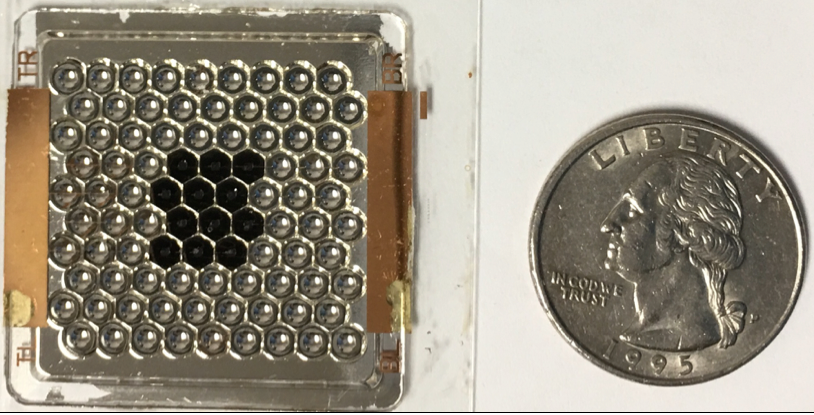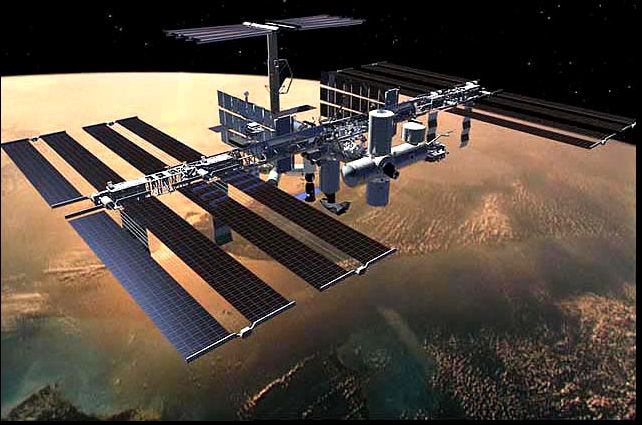BGU Prof. (Emer.) Jeffrey Gordon and his US colleagues have designed a miniaturized solar-power prototype that offers a major step forward for private commercial space missions. NASA is set to send a prototype to the international space station with its first launch of 2020. Their design and experimental verification were published in the premier journal Optics Express. For military and government space initiatives, cost basically is no object. But for private missions, cost is paramount - intensified by the fact that private space corporations have markedly reduced launch costs, so the solar power systems now represent a larger fraction than ever of the total system cost. Because the private space market is already a rapidly-growing billion-dollar industry with dozens of corporate players, an urgent need has arisen to invent and demonstrate feasible innovative solar solutions. Realizing ultra-compact solar devices that can affordably enhance specific power (watts per kilogram) is the key ingredient.
BGU's prototype comprises a compact, low-mass, molded-glass solar concentrator bonded to a monolithic integration of transfer-printed micro-scale solar cells each of which comprises several different materials that, together, can efficiently exploit most of the solar spectrum. A special virtue of the invention is its liberal optical tolerance for accommodating errors in pointing at the sun, structural vibration and thermal distortion, while providing unprecedented specific power.
NASA has scheduled a prototype to be included in its first launch of 2020 to the International Space Station for testing under cosmic radiation and the enormous temperature swings in extraterrestrial operation. The first-generation prototype is less than 1.7 mm thick (see below), with solar cells that are only 0.65 mm on a side; but a second generation that can increase specific power even further is now being designed by the same team, predicated on more efficient solar cells (now in fabrication at US Naval Research Labs) that are only 0.17 mm on a side (for perspective, the thickness of a standard sheet of paper is 0.10 mm). Because solar concentrator dimensions scale with cell size, the entire second-generation assembly will be less than 1.0 mm thick. Pending confirmation of material integrity and robustness under the exacting conditions in outer space, future arrays of these inventions are being planned not only for private space initiatives, but also for space agencies pursuing new missions that require high power for electric propulsion and for operation in deep space (such as missions to Jupiter and Saturn).
Prof. Gordon's research is funded by a grant from the Israel Ministry of Science, Technology & Space. The research was conducted with colleagues from the Pennsylvania State University, University of Illinois, George Washington University, U.S. Naval Research Laboratory, H-NU Systems, and Northwestern University.

Above: A cutaway drawing of the prototype, comprising the micro-cells, the molded reflective solar concentrator, and the thin protective glass.

Above: The first prototype, comprising 90 miniaturized solar concentrators, with the photograph taken after the insertion of the first 12 solar cells (for which the concentrators appear black). An American quarter (25 cent coin) provides the scale.

Above: View of the full installation at which testing will be performed within the framework of NASA's Materials International Space Station Experiment.
Media Coverage:
JPost
NoCamels
Breaking Israel News
Arutz 7
Israel21C
CTech by Calcalist
|